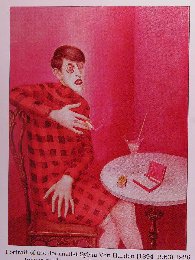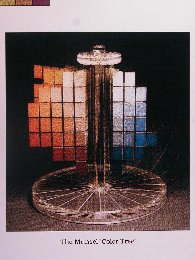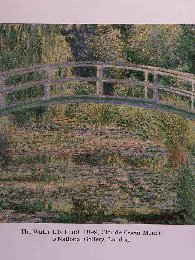13 Aug 9/25 Program History of Color 2
Color in Painting: History, Classification Systems, Symolism, and Artists’ Thoughts
By Prof. Linda Kay Zoeckler, M.A., M.L.S.
Tuesday, September 25, at 7pm
What is the most exciting, creative, and fun element of painting? Many artists would answer color. Please join us Tuesday, September 25 at 7 pm at the Gallery 215 E. State St, downtown, Redlands to learn the answers to Zoeckler’s questions…

How old is the history of color? Why did the Greeks have no names for blue or green? Why do rainbows not look the same in paintings from different centuries? Why do earlier versions of the Bible mention or describe fewer colors and less often than later versions of the Bible? Why did some cultures forbid the use of certain colors? What have various colors symbolized throughout history? Culturally color has been defined differently and its symbols change from one culture to another. How does color relate to music, sound, or alchemy?

How does one study color? Scientists, painters, and poets, have all studied color and – using different methods — arrived at different answers. What major color classification systems have been devised and when did they appear? When and why did the color wheel appear and what is it based upon? Just how many color wheels are there and are they the only way of representing color classification systems?
What pigments did certain artists use and how did they arrange them on their palettes? How did they carry them? What do artists paint boxes and portable easels look like? How do some artists select color combinations in a painting? What are the rules of using color and should there be any rules?
What do some well-known artists say about color? Eugene Delacroix famously asserted “Give me mud and I will make the skin of Venus out of it, if you allow me to surround it as I please.” Art is transformation – in the hands of talent it is mud to miracle.

See you at the Gallery, Tuesday, September 25. 7pm. No charge – public welcome!

